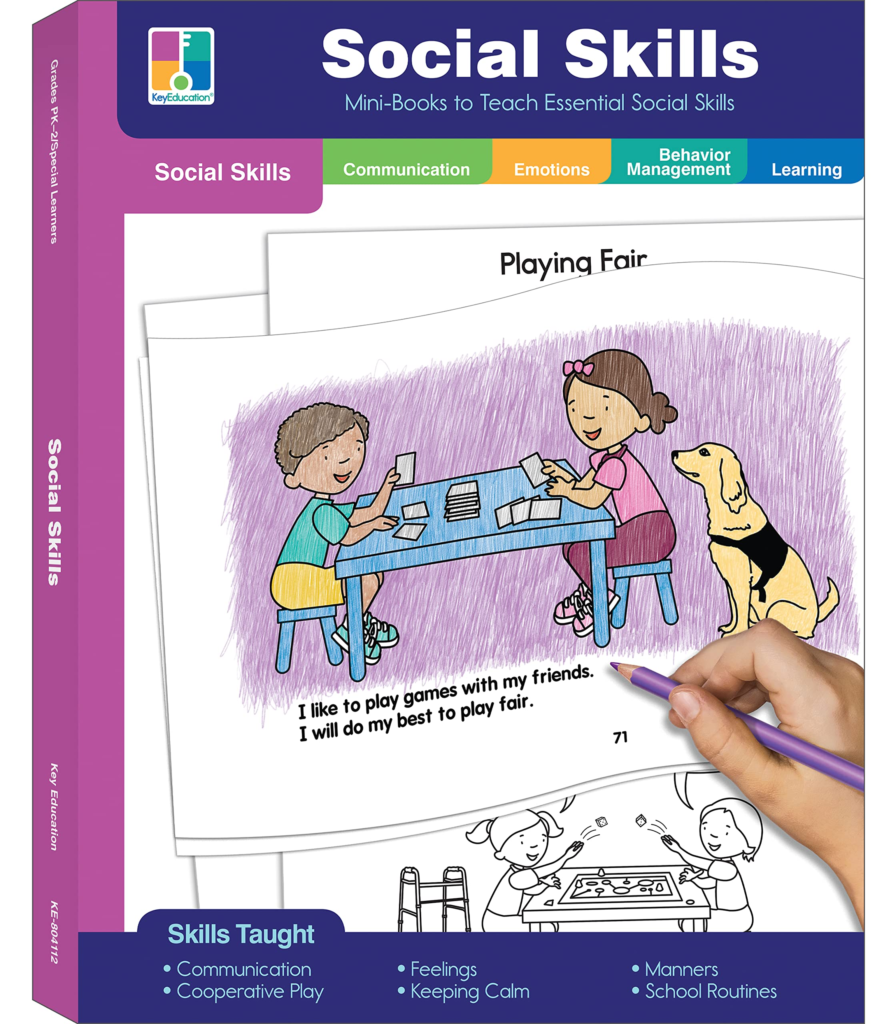
Going back to school can be an anxiety-inducing experience for any student, and it can be particularly challenging for students with special needs. As a parent, caregiver, or teacher, it’s essential to understand and address their concerns while providing the necessary support.
This post contains affiliate links. This means I will make a commission at no extra cost to you should you click through and make a purchase. Read the full disclosure here.
Communicate openly: Encourage open communication with the student. Allow them to express their feelings, fears, and anxieties about returning to school. Actively listen to their concerns without judgment and provide reassurance.

“Different A Great Thing to Be!”
New York Times Best Seller
This joyful rhyming book encourages children to value the “different” in all people, leading the way to a kinder world in which the differences in all of us are celebrated and embraced.
- Focus on strengths and interests: Celebrate the student’s strengths and interests, and try to incorporate them into the school day. Engaging in activities they enjoy can make the school environment more positive and inviting.
- Be patient and flexible: Understand that each student’s needs are unique, and progress may take time. Be patient and flexible in your approach, making adjustments as needed.
Create a social story: Social stories are visual tools that can help individuals with special needs understand and cope with specific situations. Create a story that outlines the process of going back to school, including daily routines, classroom activities, and interactions with teachers and peers.

Get back on schedule! Resuming a regular sleep and wake schedule is indeed a crucial step in preparing children, including those with special needs, for the transition back to school. Summer break can lead to irregular sleep patterns, which may cause difficulties in adjusting to the early mornings and structured school days.
Gradual adjustment: Start adjusting the sleep schedule gradually, about two weeks before school starts. Move bedtime and wake-up time by 15-30 minutes every few days until the desired schedule is achieved.
Consistent bedtime routine: Create a calming and consistent bedtime routine to signal that it’s time to wind down and prepare for sleep. This routine could include activities like reading a book, taking a warm bath, or listening to soothing music. Limit screen time before bedtime: Avoid electronic devices and screens at least an hour before bedtime, as the blue light can interfere with the production of the sleep hormone melatonin. Create a sleep-conducive environment: Ensure the bedroom is comfortable, quiet, and dark to promote better sleep. Consider using blackout curtains and white noise machines to help with sensory sensitivities.
If your child is very sensitive to noise and touch, they might find it helpful to have scheduled quiet time. You can wake them up 15 minutes earlier in the morning so they can do something they enjoy, like reading, playing games, or watching videos, in a calm and peaceful way. After school, give them at least 30 minutes of quiet time to rest and relax before you start asking them lots of questions. Before bedtime, give them another 30 minutes of quiet time to read or play quietly. If they like swinging or rocking, that can be good for them too. For kids who are very active, doing things like jumping rope or swinging before school might be helpful. These activities can help their senses feel more organized and ready for the day.

